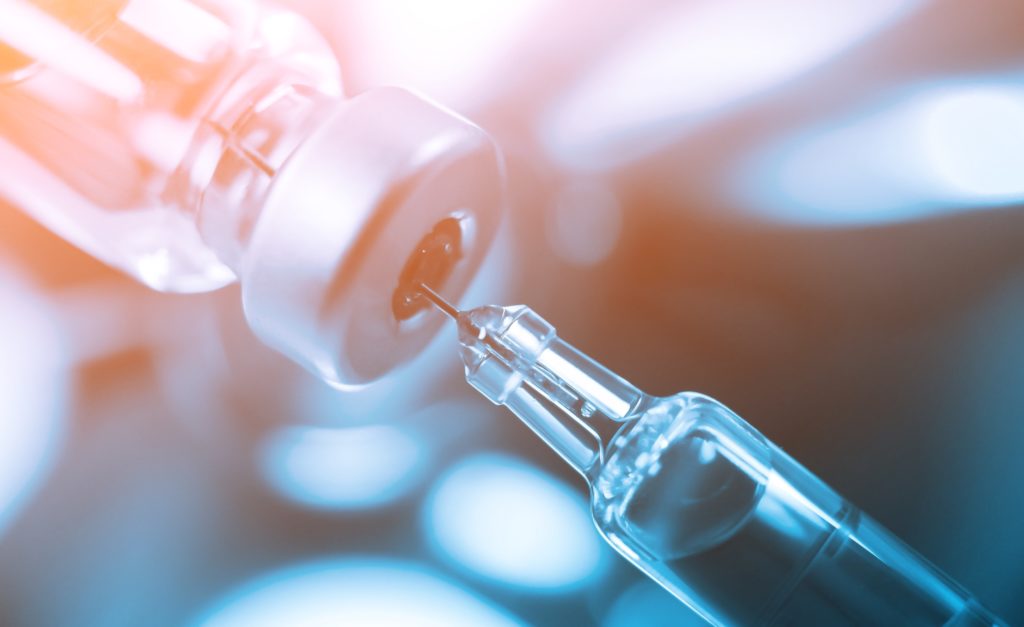Key Insights
- A new study from the American Medical Association (AMA) reveals that despite a decrease in the number of opioid prescriptions, the rate of overdose deaths continues to rise.
- COVID-19 has placed a strain on substance abuse treatment centers and made it more difficult for patients to see their physicians.
- Independent physicians may begin to see more patients with mental health problems and a need for more physicians who are certified to prescribe buprenorphine.
The American Medical Association (AMA) Opioid Task Force, “composed of more than 25 national, specialty, and state medical associations,” released a study about the current state of the opioid crisis in the United States. Thanks in no small part to the effort of physicians, the Task Force revealed that there has been a 37.1 percent decrease in the number of opioid prescriptions from 2014 to 2019.
Under federal law, physicians can administer buprenorphine, an opioid used to treat opioid abuse disorder, if they are certified or obtain a DATA 2000 Waiver. According to the Substance Abuse and Mental Health Services Administration (SAMHSA), Since 2017, more than 85,000 physicians and healthcare professionals have been “certified to prescribe buprenorphine in-office,” “an increase of nearly 50,000.”
Nonetheless, the number of fatal overdoses continues to rise due to illicit manufacturing of “fentanyl, fentanyl analogues, and stimulants,” which have increased the “overdose rate by 10.1 percent and 10.8 percent, respectively.” The Centers for Disease Control (CDC) defines the opioid epidemic in three waves. We are currently in the third wave, which involves overdose due to synthetic opioids.
COVID-19 Complications
The COVID-19 pandemic has placed significant strains on an already difficult situation. Substance abuse disorder treatment involves administrative, regulatory, and financial burdens that are often difficult to navigate. Patients most affected by the opioid crisis often have poor access to housing, transportation, health systems services, or are unemployed.
According to the Advisory Board, “only 26 percent of the 2 million Americans with an opioid use disorder (OUD) received specialty addiction treatment in 2018,” and the pandemic “has created even more barriers to OUD treatment.” Social distancing orders force patients to stay at home and “many medication-assisted treatment (MAT) clinics reduced service or closed.” With in-person clinics closed, patients must rely on telehealth to receive treatment. Although telehealth increased “access for some OUD patients,” others “lack the necessary technology or stable housing to get their treatment outside of the clinic.” As a result of the pandemic, SAMHSA has temporarily allowed patients “to take larger quantities of methadone home to reduce the amount of in-person time in the clinic.” This has raised concerns among physician concerns because larger doses pose a greater risk for “misuse, overdose, and diversion.”
Implications for the Independent Physician
As of July 2020, no new legislation that would expand outpatient treatment for the opioid epidemic has been proposed. However, as the COVID-19 pandemic continues, physicians are seeing the following changes:
- Increased need for certified primary care physicians. There are few physicians in the United States qualified to provide in-office treatment to patients battling substance use disorder. As patients require more care, there may be a sharp increase in the demand for physicians who are certified to prescribe buprenorphine in office.
- Increased telehealth visits. Physicians treating patients with substance abuse disorders may need to continue telehealth visits for an extended period of time. In addition to providing prescription refills, telehealth visits offer a great opportunity to talk to patients about their situation and identify risk factors that come with isolation.
- Increased rate of mental and behavioral health disorders. The Advisory Board predicts “an increase in behavioral health diagnoses, such as depression, anxiety, and substance use disorders, as a result of social distancing and stay-at-home orders.” Physicians may see their patients return for care with mental and behavioral health concerns.
Independent physicians interested in becoming certified to prescribe buprenorphine in order to care for patients battling substance use disorder can apply for SAMHSA’s Opioid Treatment Program (OTP) and complete their training through a SAMHSA-accredited body. The application is intensive and requires additional planning within the practice.










Related Articles
How to Keep Your Patients From Skipping Mammograms
Kristin Schraa, MD, with Virginia Women’s Center shares how women’s health providers can encourage patients ...
3 Ways Healthcare Can Integrate Behavioral Health and Primary Care
Integrating behavioral health with primary care can lead to better patient outcomes — but how ...
How Can Physicians Support Postpartum Mental Health?
On average, 13 percent of mothers in the United States will develop symptoms of postpartum ...
Engaging Patients in Annual Mammograms
Studies show that a little over 66 percent of women aged 40 and older get ...
What Do Medicare-Aged Patients Want in Their Healthcare?
Within the next 20 years, 20 percent of Americans will be 65 or older. It ...
How Health Systems Grow Stronger With Privia Health
Discover how we helped Health First upgrade technology, align physicians, and accelerate toward value-based care. ...